We use a great exercise in one our training programs in which participants select and then rank their own values. The ranking process is the part I like the most. I have found that it is the HIERARCHY of values which is the strongest determinant of an individuals behaviour, and that of an organisation. Most of us will agree that we hold a set of principles to be important, that we value integrity, and accountability, team freedom and respect for others.

Most organizations will describe their values as including care for the customer, safety of their employees, innovation and performance. But it is idealistic to believe that every action can fulfil all of these. We have to choose, and in doing so our values hierarchy is revealed.
When a choice has to be made, which comes first? The hierarchy of values is seen most clearly when there are limited resources, and we have to choose how they will be applied. In Walking the Talk methodology, these choices become Symbols of what is really valued.
Time - there is only a limited amount, how do you use it? What do you prioritize? In those choices you show your values in action
Money - also limited, how do you spend it? Personally? And in budget allocations at work? Values in action again
Selection of people - only one space to fill. Who do you choose? What does that say about your values hierarchy? Which qualities in the possible candidates did you prioritize in your selection?
Office, car park space - how do you assign it?
Often, when leaders want to change or develop their culture, what is required is a realignment of the values hierarchy. In the past, new customers (sales effort) was valued more than existing customers (retention effort). In the future, looking after existing customers needs to become more important. In the past, we valued safety, but sometimes we cut corners in order to push through production volume. In the future, we will never compromise safety. These changes represent a change in the values hierarchy, and in the choices that are made at critical moments where it is not possible to fulfil both.
Thinking about the desired change in this way makes it more do-able. Often it is not necessary to introduce a totally new value (difficult), but rather to give more weight to an existing one (easier).
For further insights view our selection of case studies, ebooks, reports and white papers or contact us to learn how we can transform your culture.

Head Office / Europe:
+31 (0) 20 240 2233
North America:
+1 (0) 212 417 0221
UK: +44 (0) 207 100 6999
Asia Pacific: +61 (2) 8310 5285
Brazil & Latin America: +55 (11) 932 500 683
(WhatsApp available)